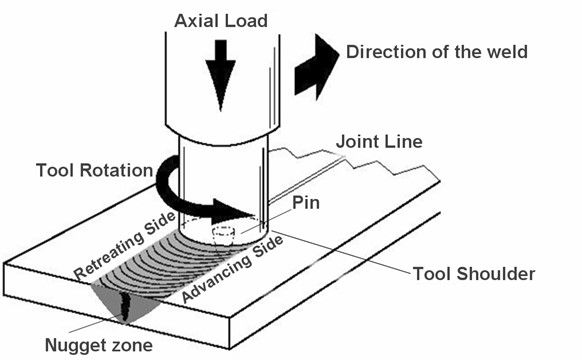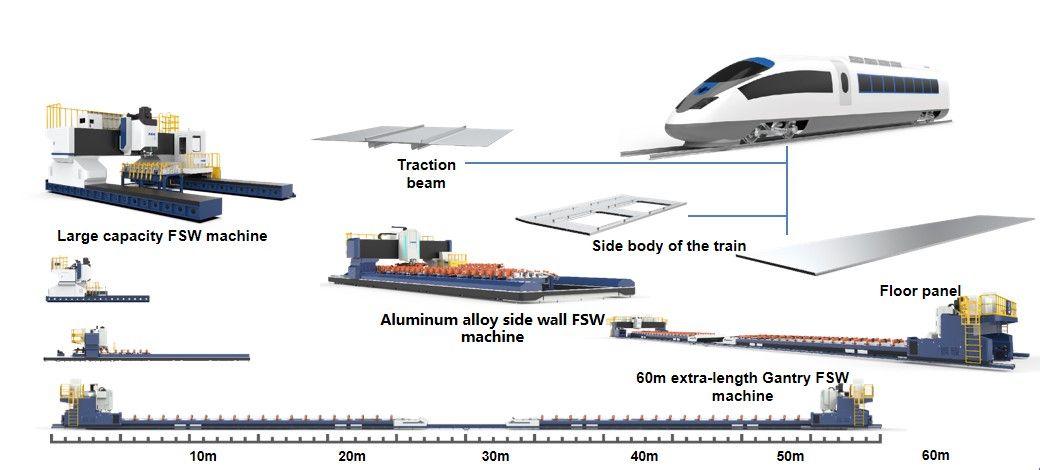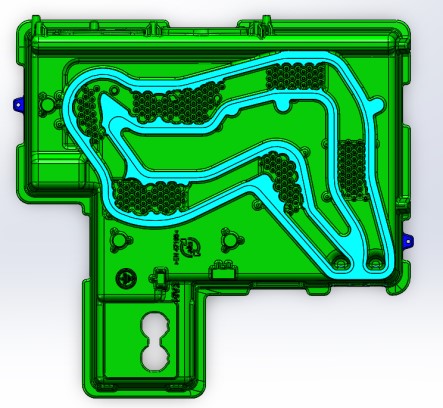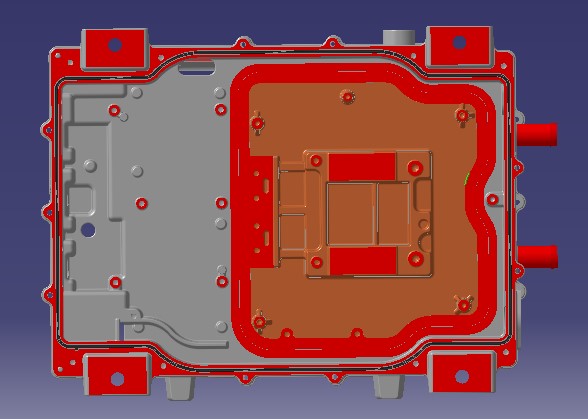Automotive lightweight technology--Lightweight
At present, high-strength steel bodies of international mainstream models account for more than 60%, and steels with strength levels of 780 MPa and 980 MPa are quite common on body members. High-strength steel can reduce parts weight by 20~30% without reducing safety and comfort. At present, Germany is currently the country with the highest proportion of automotive lightweight materials, followed by the United States and Japan.
Germany's newly produced automotive aluminum alloys and other new materials account for up to 25% of the body and chassis. It is currently the country with the highest proportion of automotive lightweight materials in the world. The use of new materials will continue to rise by 2020, reaching 35. At the same time, further reduce the use of low-carbon steel in car bodies to 20% of the original half, and increase the proportion of high-strength steel to 45%.
The American automobile industry's enthusiasm for new lightweight materials mainly comes from the development of new energy vehicles and the pressure of emissions and energy consumption. The representative companies are Tesla, GM, Ford and so on. Ford IV150 has achieved a weight reduction of 300KG by using an all-aluminum frame while keeping costs unchanged.
The use of lightweight materials by Japanese auto companies is mainly concentrated on some non-structural parts, such as aluminum alloy hoods, plastic fenders and tailgates, and some aluminum castings for chassis and engines. The representative companies are Toyota's Lexus and Honda Akula.
The domestic automobile lightweight industry has not formed a scale, the industrial chain is not complete, and there is a large gap with foreign countries. Although the domestic automobile light weight has not started for more than ten years, with the rise of new energy vehicles, it has shown a trend of catching up with developed countries. Automobile lightweight has moved from the 1.0 era of decentralization, high-end and singularity to the 2.0 era of intensive, popularization and diversification. The main representative model is FAW's Pentium X80, which has lost 6% of its weight and integrates some advanced technologies such as high-strength steel, aluminum alloy, and composite materials.
Lightweight materials are used for some parts of foreign or domestic joint venture high-end models. Engineering plastic parts can be reduced by 30% to 35% relative to steel parts, and aluminum alloy parts can also be reduced by 30% to 50% relative to steel parts. Magnesium Compared with steel parts, alloy parts can reduce weight by 40% to 55%, and carbon fiber composite parts can reduce weight by 40% to 60%.





